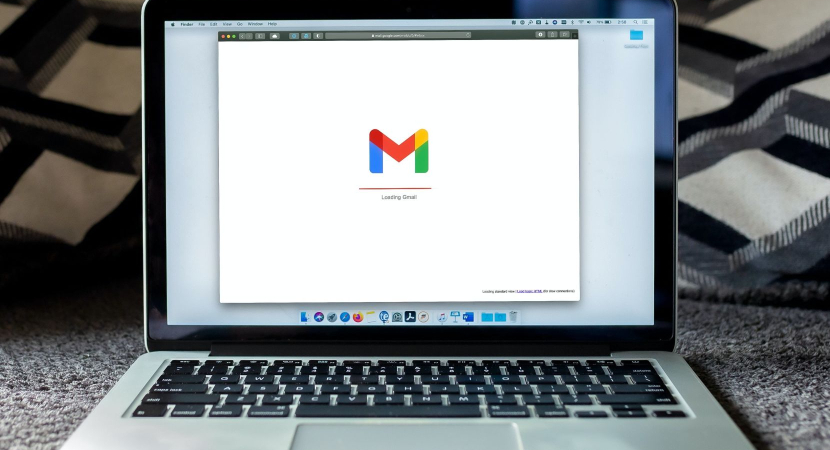What Is Email Spoofing and How Can We Avoid It?
 What Is Email Spoofing and How Can We Avoid It?
What Is Email Spoofing and How Can We Avoid It?
It is the creation of an email address to deceive the recipient into thinking the email originated from someone they know or somewhere other than the intended source. The end goal of email spoofing is to trick the recipients into opening responding to the email, in turn opening their security gates to malicious links, malware attachments, sending sensitive data, and even wiring corporate funds. You can know more on Routerlogin.mobi regarding the protection of sensitive data. Email spoofing is possible due to the simple fact that not all core email protocols have a built-in method of authentication.
Reasons for Email Spoofing
- Hiding the sender’s true identity.
- Avoid spam blocklists.
- Pretending to be a friend or relative the recipient knows, to get access to sensitive information or access to personal assets.
- Pretending to be from a business to get access to bank login details or other personal data.
- Ruining the image/goodwill of the assumed sender.
- Used to commit identity theft.
- Install and spread malware hidden in the attachment.
How to avoid email spoofing
To avoid becoming a target of email spoofing, it is very essential to keep anti-malware software up to date. When unsure of any email, contacting the sender directly should be the priority, especially if sharing private or financial information with them. The users and businesses both can prevent email spoofers from accessing their systems or scamming them in a variety of ways as mentioned down below.
- install an email security gateway
Email security gateways shield users by blocking emails that have suspicious materials/elements or do not meet the specific security protocols a business puts in place. Some gateways offer premium services but all can detect malware, spam and phishing attacks.
- Using antimalware software
These Software programs identify and block suspicious websites, stop spam emails and detect spoofing attacks before they reach the user’s inbox.
- Using encryption to protect emails
An email signing certificate encrypts emails in a way that allows only the intended recipient to have access to the content. In asymmetric encryption, a public key encrypts the email and a private key is provided to the recipient which decrypts the message. An additional digital signature can prove to the receiver that the sender is a valid source. People can also encrypt email attachments, in case of a lack of board encryption in an organization.
- Using email security protocols
Infrastructure-based email security parameters can reduce spam and threats to the system by using domain authentication. With SMTP (Simple Mail Transfer Protocol) and SPF(Sender Policy Framework), businesses can also use DomainKeys Identified Mail (DKIM) to provide additional security with a digital signature. Domain-based Message Authentication, Reporting, and Conformance (DMARC) can also be used to take actions when a threat escapes under SPF and DKIM.
- Using reverse IP lookups to authenticate senders
Looking up a reverse IP helps confirm the identity of the apparent sender. It verifies the email’s source by identifying the domain name in association with the IP address.
Businesses can also take into account publishing a domain name system (DNS) record stating who can send emails on their domain’s behalf. Messages can be inspected before the email body is downloaded and can be removed before causing any serious harm.
- Training employees in cyber awareness
With software-based anti-spoofing measures, one must also advocate user caution, and teach employees about cybersecurity and create cyber awareness and how to recognize suspicious elements/materials and protect themselves. Basic educational programs can prepare employees with email spoofing cases and give them the ability to notice and handle spoofing tactics with procedures to follow when a spoofing attempt is discovered. Training and learning should be continuous so that the materials and methods are up to date as a new threat emerges.
- Watching out for possible spoofed email addresses
The email addresses that a user receives are often predictable, basic, and familiar. Users can keep an eye out for unidentified or odd email addresses and always verify an email’s origin before interacting with it. Attackers usually use the same tactics multiple times and form a pattern so users must remain vigilant at all times.
- Never give out personal information
In the majority of circumstances, receiving spoofed emails in an inbox doesn’t cause real damage, they only cause real damage when a user interacts with them and responds with personal information. By making it a ritual never to divulge personal information in emails, users can tremendously limit the effects email spoofing could have on them.
- Avoid clicking on strange attachments or unfamiliar links
Users should always keep clear of suspicious attachments and links in an email. The standard practice of a user should be that they examine every element of an email, keep a lookout for telltale signs, like misspellings and unfamiliar file extensions, before going ahead and clicking on a link or attachment.
Related